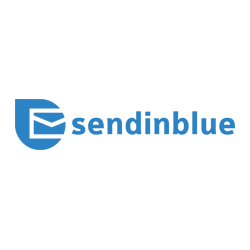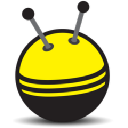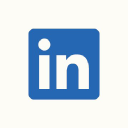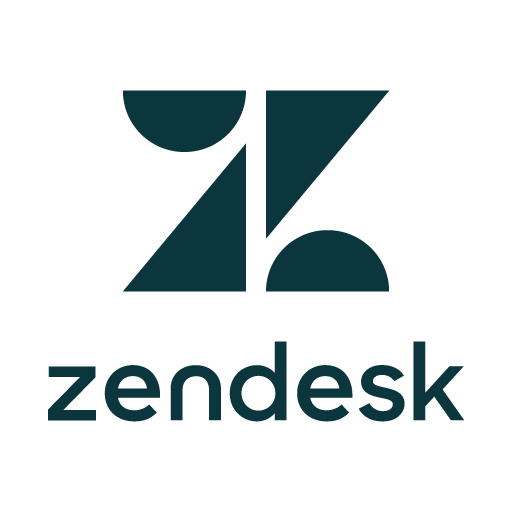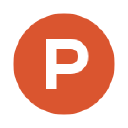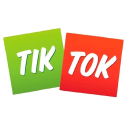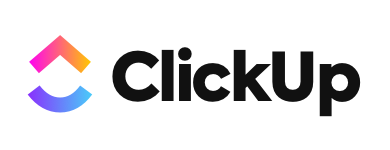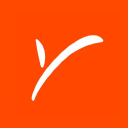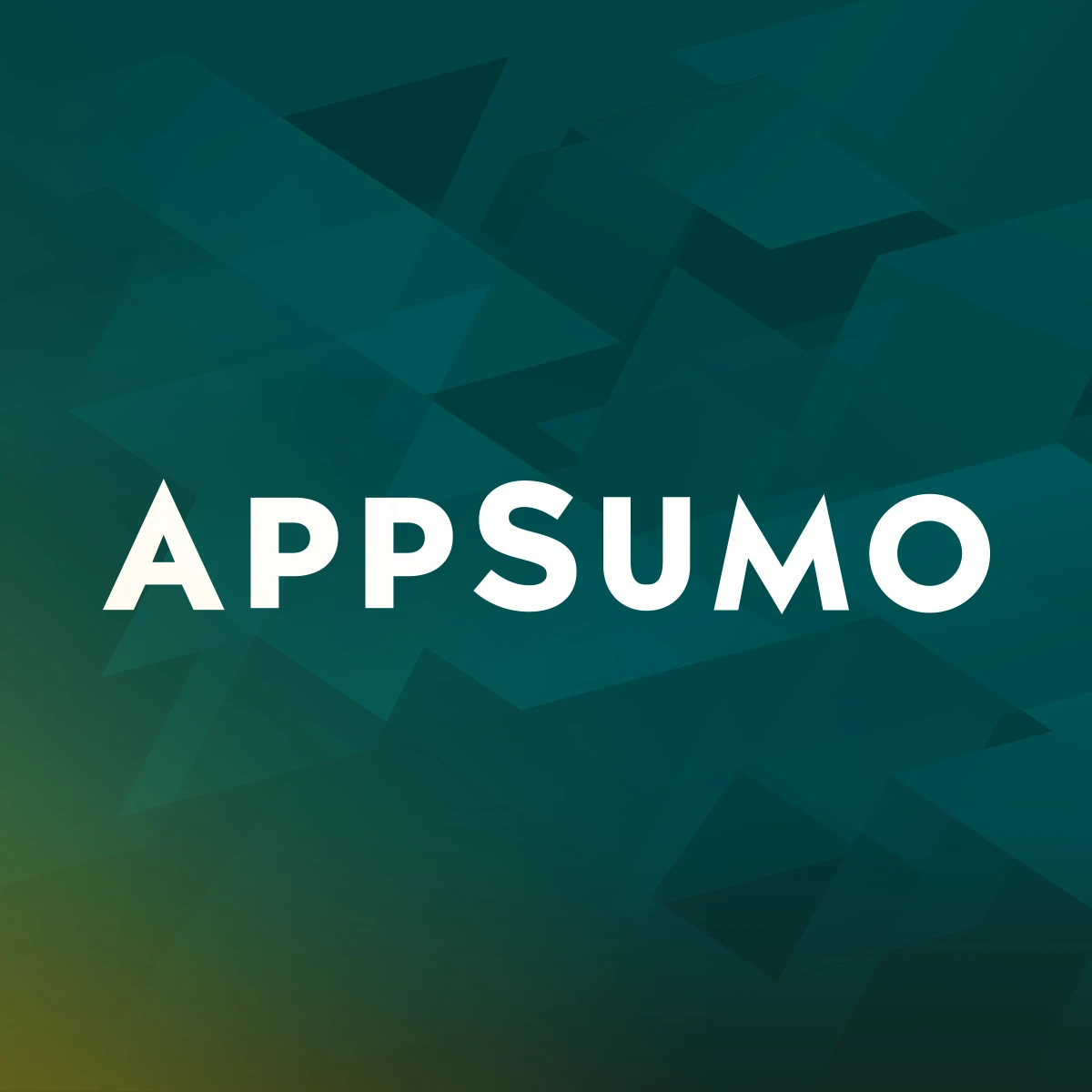How We Built A 7-Figure Email Management App
Hello! Who are you and what business did you start?
My name is Michael Olsen and I’m a tech entrepreneur based in Denmark – I started Mailbird. I studied computer science and have been working as a software engineer since – even though today, my career has other facets as well.
Twelve years ago I started Mailbird with my Danish business partner, Michael Bodekaer (Yes, there are other Danish names…) Together we envisioned building an email client that closed the gap of modern Outlook alternatives for the Windows market.
Mac users had Sparrow, but there was no equal alternative for Windows. What we had in mind was a simple, clutter-free email hub, where people could manage all their inboxes and reduce some of that email anxiety we all experience.

In time, Mailbird has grown into a multi-million dollar business without...

Download the report and join our email newsletter packed with business ideas and money-making opportunities, backed by real-life case studies.

Download the report and join our email newsletter packed with business ideas and money-making opportunities, backed by real-life case studies.

Download the report and join our email newsletter packed with business ideas and money-making opportunities, backed by real-life case studies.

Download the report and join our email newsletter packed with business ideas and money-making opportunities, backed by real-life case studies.

Download the report and join our email newsletter packed with business ideas and money-making opportunities, backed by real-life case studies.

Download the report and join our email newsletter packed with business ideas and money-making opportunities, backed by real-life case studies.

Download the report and join our email newsletter packed with business ideas and money-making opportunities, backed by real-life case studies.

Download the report and join our email newsletter packed with business ideas and money-making opportunities, backed by real-life case studies.

